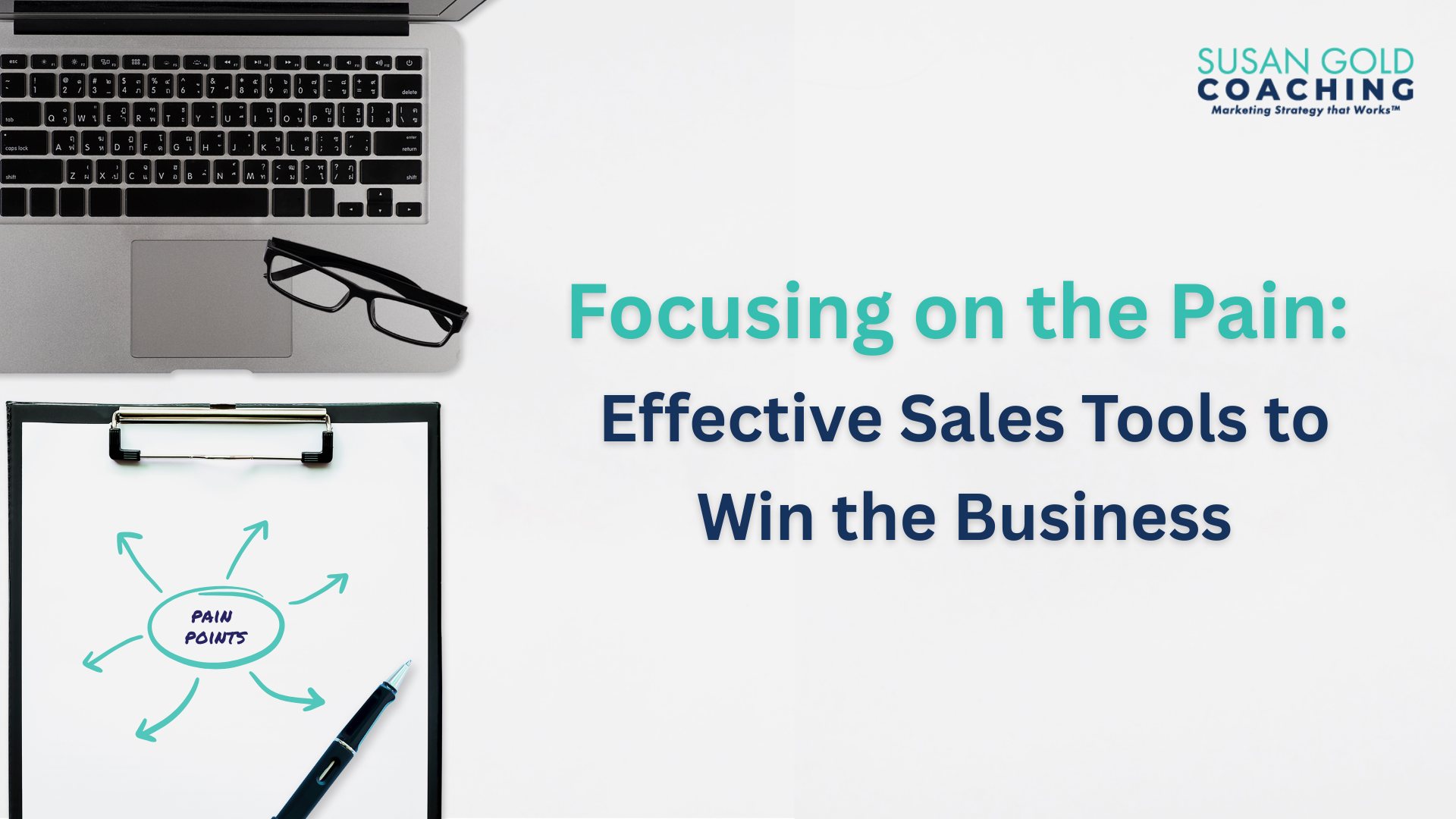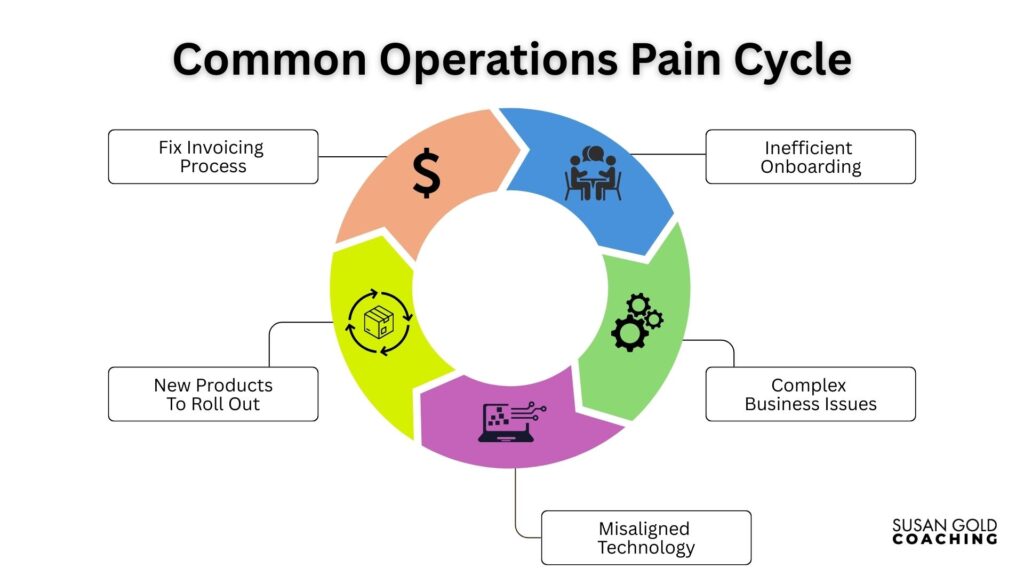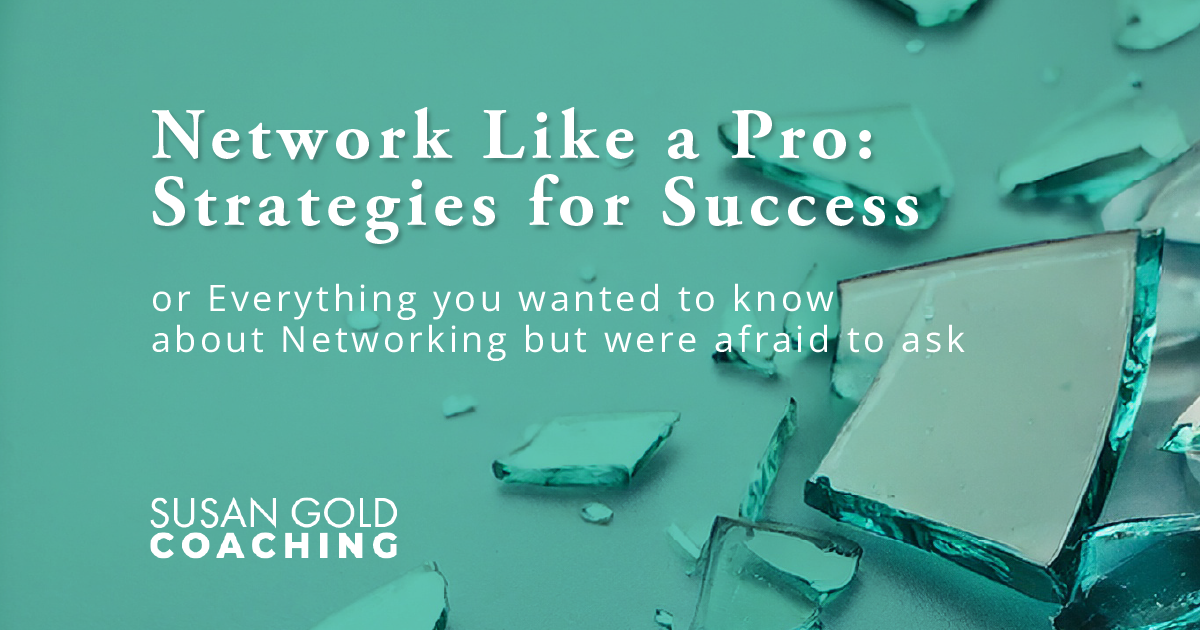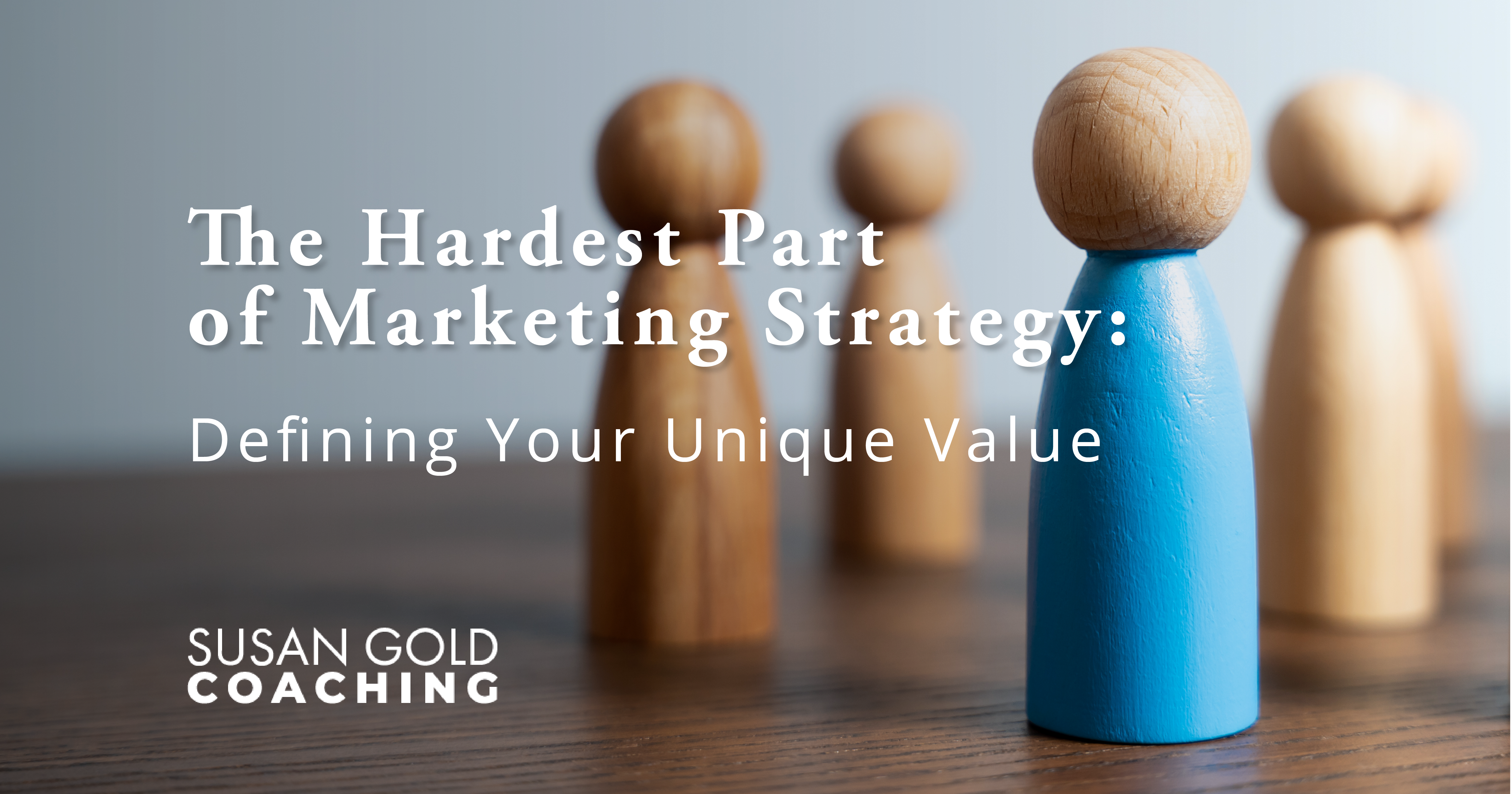Focusing on the Pain: Effective Sales Tools to Win the Business

Recently after creating a new sales tool, a client of mine shared with me, “I just took my prospect through my “Pain Cycle” diagram that you recommended and she said ‘Wow, that’s exactly where we are!’, and now she also knows how far the pain cycle can go for their company.” That led to a productive conversation about how to get out of that cycle. It’s easier for the solution discussion to occur because now the prospect really gets it.
The Power of Prospect-Centered Sales Tools
This success story illustrates the effectiveness of educating clients from “where they are”, respecting their current mindset focused on the issues holding them back. Most sales tools focus on the selling company, typically featuring product overviews or capabilities presentations. However, when creating a dialogue, rather than sitting on opposite sides of the table, using the right tools, together, gets you both onto the same side–and makes all the difference.
This approach powerfully differentiates your company by demonstrating how you think and what you know ⎯ all in the context of the prospect’s issues and concerns. A successful sales call should primarily focus on the prospect, and these tools facilitate that crucial shift.
Creating an Effective “Pain Cycle” Diagram
Now you are ready to create your own “Pain Cycle” diagram to support the desired sales conversation.
Follow these steps:
- Start with authentic pain points: Craft a list of your ideal prospects’ pain points using the exact words and phrases they use. As the expert, you understand the root causes, but staying focused on their current thinking is essential.
- Establish early engagement: This level of understanding builds trust from the beginning.
- Map the connections: Consider how these pain points relate to each other. Is there a logical sequence? Do they build upon each other or lead to deeper levels of pain?
Example: Consulting Firm for Small Professional Services
A consulting firm offering operational solutions to small professional services has compiled this list of pain points they’ve heard recently.
- “Onboarding new clients and employees is inefficient and clumsy.”
- “Understanding all the issues affecting a small business is complicated and multi-dimensional, making problems harder to solve.”
- “Systems aren’t aligned with needs, and nothing is integrated.”
- “New services await rollout but remain on hold.”
- “Billing is delayed due to overwhelming workload, leaving money on the table.”
The resulting pain cycle diagram would visually connect these challenges, showing how they reinforce each other and potentially worsen over time if not addressed.

Beyond Pain Cycles: Other Prospect-Focused Tools
Several other types of sales tools can facilitate meaningful prospect dialogues:
- Ecosystem Maps: Visualize how different functional areas within the prospect’s organization are interdependent. These maps can guide detailed discovery conversations by showing how a central consulting initiative creates cascading effects throughout the organization—not just primary impacts but also secondary and tertiary outcomes.
- Journey Maps: Illustrate the customer’s current experience versus their ideal future state after implementing your solution.
- Decision Frameworks: Help prospects evaluate options using criteria that matter most to their specific situation.
Developing and Implementing Your Tools
Creating prospect-focused materials presents challenges. Consider these best practices:
- Gather client feedback: Before finalizing any sales tool, get input from past or current clients to incorporate authentic “prospect viewpoints” you might otherwise miss.
- Train your team: Ensure a consistent consultative prospecting experience across your firm by providing thorough training and practice opportunities, particularly when using these discovery dialogue tools.
- Iterate based on results: Track which tools resonate most with different prospect segments and refine accordingly.
The most effective sales tools shift the conversation from “let me tell you about us” to “let’s explore what you’re experiencing.” When prospects see that you understand their world, they’re more likely to believe you can help transform it.



